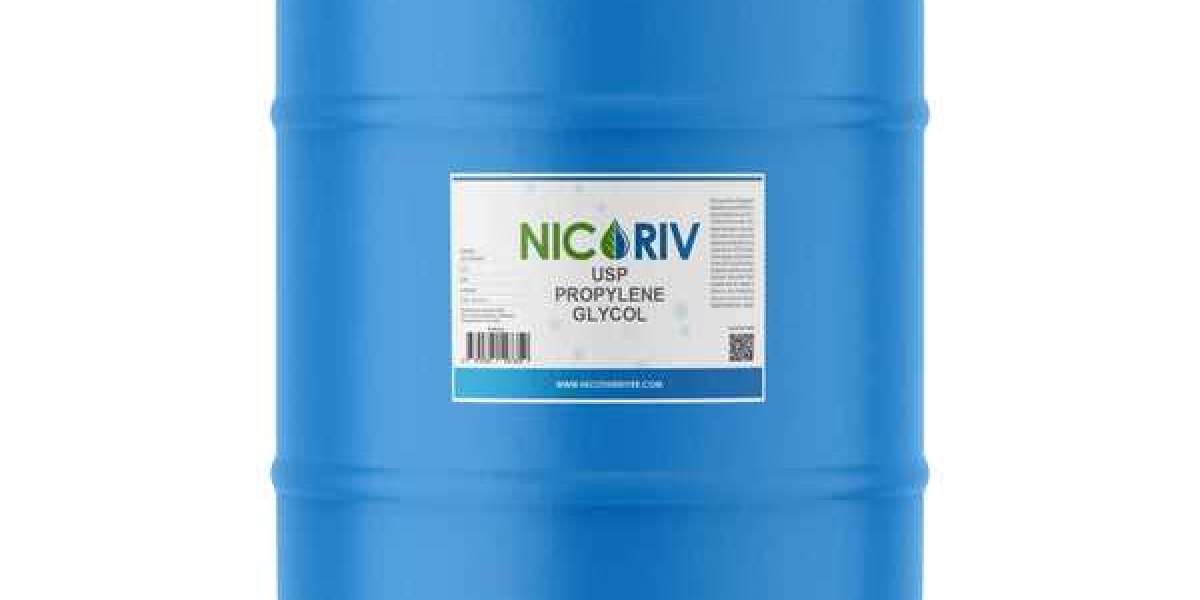Propylene glycol, or PG, and vegetable glycerin, or VG, are two food-safe liquids that make up most of an e-liquid or vape juice.
Before you order vegetable glycerin for making your vape juice, it would be better if you knew some facts about the substance.
This article offers important facts about vegetable glycerine supplied by Bulk VG E-liquid suppliers and how it differs from propylene glycol.
Vegetable Glycerin – A description
Vegetable glycerin is a liquid that is clear and odorless and is made from vegetable oil.
Although VG has a somewhat sweet flavor and has no intoxicating effects, it is categorized as sugar alcohol. It is comparable to PG in that it emits a vapor that resembles smoke when heated.
It comes from plant sources in its natural state, but it can also be produced as a byproduct of biodiesel production. Although e-liquid uses a vegetable version of glycerin, animal fats can also be utilized to make glycerin.
The role of Vegetable Glycerin in E-liquids
Vapor is produced when VG and PG are heated. Additionally, they have been observed to heighten sweetness, lessen bitterness, and emphasize the pleasantness of specific flavors.
When utilized in e-liquid, VG and PG have different characteristics. VG produces a thicker, denser vapor than PG does. Additionally, the back of the throat feels smoother.
Due to these variations, the majority of e-liquids include both VG and PG to achieve a balance between the two disparate qualities.
VG/PG ratio in E-liquids
Manufacturers of e-liquids supply e-juice with variable ratios of vegetable glycerin and propylene glycol to meet the needs of various customers.
Propylene glycol doesn't irritate everyone (in fact, most people don't), so some users may choose an e-liquid with a higher propylene glycol content. However, adding more vegetable glycerin compared to propylene glycol can offer the user a smoother vaping experience with increased cloud production and less mouth or throat irritation.
Uses of Vegetable Glycerin
There are many different applications for VG. Among the most popular applications are:
- As a lubricant to facilitate applying goods like lotions.
- As a component of both prescription prescriptions and over-the-counter medications.
- Prevents drying out in toothpaste.
- To stop ice crystals from forming in ice cream and frozen yogurt.
- As a sweetener or thickening.
- Found in everyday dishes, such as baked goods, cereals, and confections.
- Treat glaucoma and other conditions that cause elevated eye pressure.
- To treat and prevent skin irritation, as a humectant and moisturizer.
Ending note
If you need to make e-liquids for vaping, you must order vegetable glycerin. To avoid buying low-quality products, ensure that you purchase your vegetable glycerin only from trustworthy VG E-liquid suppliers. Nicotine River provides top-quality vegetable glycerin and a variety of other nicotine products.
Ryan Adams is the author of this article. For more details about Bulk e-liquid distributors please visit our website: nicotineriver.com






